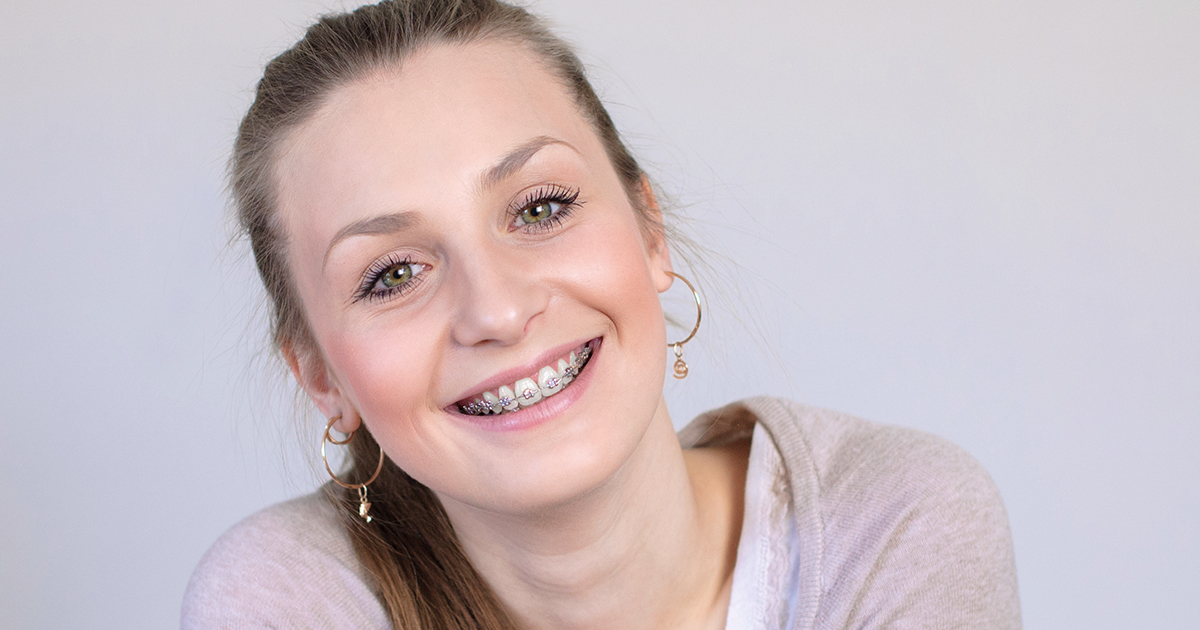Are you facing a problem with your crooked teeth? Do you want to meet orthodontics? Some people have straight teeth that line up together, and some have crooked teeth. Do you know that crooked teeth can affect your bite? The good news is you can effortlessly straighten your teeth and correct your bite with orthodontic treatment. Find out where in Ireland you can find what orthodontics and they will help you. Orthodontic treatments are long-time treatments and give you satisfactory results. Orthodontic treatment includes teeth crowding, crossbites, spacing, improper bites impacted teeth, and improper tooth eruption. Therefore, orthodontics concentrates on correcting these issues and helping you to smile with confidence. You will find some of the best treatments to straighten teeth in Ireland with orthodontics Cork.
In this blog, we will understand Orthodontic treatments and how these treatments can be beneficial for you.
What is orthodontic treatment?
Orthodontic treatment is for straightening or moving teeth problems. It helps to improve the appearance of the teeth and how they work. It can also help to maintain the long-term health of your teeth, gums, and jaw joints, by applying biting pressure over all your teeth.
Why should one go for orthodontic treatment?
These days we can see many people have crowded or crooked teeth. Orthodontic treatment will straighten the teeth or move them into a more suitable position. It can enhance their appearance and make the teeth bite better, making them more manageable to clean. Some people have upper front teeth that stick out and look ugly. These prominent teeth are mostly damaged, but orthodontic treatment can help these teeth to move back into line. Orthodontic treatment will be able to fix both of these problems. When the teeth don’t meet correctly, this can put stress on the muscles of the jaw, causing jaw and joint issues. Orthodontic treatment can help you to bite more evenly and lower the strain.
At what age is orthodontic treatment advisable?
The best time is typical during childhood, but adults can have orthodontic treatments. Age is not as important as maintaining the correct number of teeth. In children, you may have to wait for enough teeth to come across before beginning treatment. Adults can get orthodontic treatment after consulting their doctor.
Who accepts orthodontics treatments?
Any dentist who has the experience and has certification can carry out orthodontic treatment. If they don’t, then they may send you to a professional who has extra qualifications in this procedure. The expert may practice in a hospital department and is called an orthodontist.
What does it affect?
The most crucial thing is to have a full examination. It will usually concern looking at your teeth, taking dental x-rays, and making plaster models of your teeth. Your dental team or orthodontist will discuss with each other, and then the possible treatment is suggested. Once you are confident, the therapy can start as soon as you have sufficiently permanent teeth.
What are the types of Orthodontics Treatments?
1)Invisalign treatment:
It is a well-known Orthodontic treatment for adults and children and a widely used procedure. Invisalign is a special kind of invisible aligner that comes with many advantages including a user-friendly design. Invisalign treatment is invisible, and is costly, unlike other braces.
2)Headgear:
This treatment is done to correct the arrangement of the back teeth; while treating the front teeth in the procedure. Moreover, you can only wear headgear in the evening and at night. The given headgear you can wear as directed by the orthodontist; otherwise, your front teeth may protrude.
3)Retainers:
A retainer is another type of orthodontic treatment; usually used during the final process of treatment; it can either be fixed or removable. When connected this treatment holds the teeth while the gum and bones are transferred to a new spot. You can straighten your teeth if you always wear a retainer for the better part of your lifetime.
4)Orthognathic Treatment:
It is a surgery sought at transferring either or both jaws in patients with large jaw variations compared to size. When the jaws are arranged in connection to the skull, this treatment is embarked.
5)Orthodontic Implants:
It was introduced in the 21st century. This treatment includes Temporary Anchorage Devices. It helps to control the movement of the teeth during the surgery. Implants are positioned in between the pedigrees of the teeth. However, they can also be scaled on the gable of the mouth which are then attached to a fixed brace, moving the teeth as required.
Conclusion
While an orthodontic treatment result is possible within a year if you maintain a good overall health condition.

